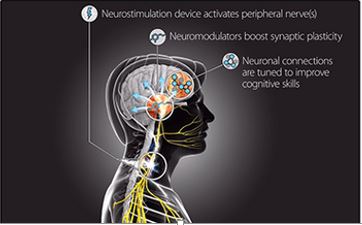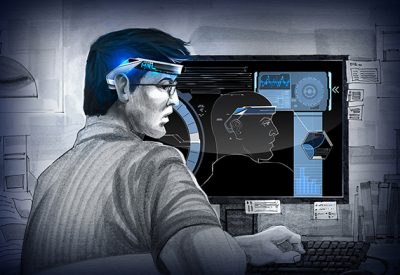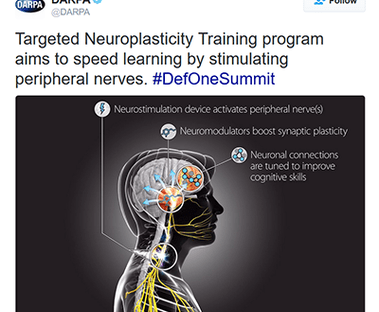Inspired by the sci-fi classic The Matrix? What if I tell you, the technology shown there has become all real now. Scientists have brought up a way to feed knowledge directly into the human brain. And they claim that the simulator takes as little effort as required to fall asleep. The device doesn’t take ages to load the information, much shorter than getting trained for the same thing through another medium. And this is surely a good initiative before we can finally get a hands-on, over the Matrix-like learning.

The theory revolves around the inculcation of low-current signals into the brain, to adjust the skills within. Science tells, that when the brain is in the process of learning anything new, it impacts the physical structure of the brain. If the changes are studied and recorded, and the same is embedded inside the mind of a novice, he grasps the skill in a short period of time.
Prayers of many students answered! As they can actually get the exam preparation done within no time. The experiment conducted to verify the studies included a study of electric signals from a trained pilot and then the same trends were made in the brain of a novice. The transitions actually took place and the volunteer’s learning capabilities were boosted. In words of a neuroscientist, Jaehoon Choe, “We measured the brain activity patterns of six commercial and military pilots, comparing them to the patterns we observed from novices, and observing how the novice brain transitions to an expert brain. Additionally, we applied stimulation into key brain regions to observe how the volunteers’ learning abilities were modulated by neurostimulation as they were training,”

Curious to know the results? Well, the landing done by the novices was observed to be really consistent. The entire study was published in the journal, ‘Frontiers in Human Neuroscience’, February 2016 issue. The effect of the stimulation was distinguishable. The research has been continued so far and adding to the benefits of the method, it can assist stroke patients to recover in lesser time. Moreover, if you’re under-confident about your creativity, then you must try the head-cap once.
Choe concluded, “Though we have much more to learn, as we discover more about the detailed mechanisms of brain function and neurostimulation, we’ll likely see a broader application of these technologies across many different domains of training and classroom environments.” Which means, this methodology can be foreseen in the laboratories, training institutes, classrooms, and even mental rehabilitation centers. Currently, the work is in its initial stages and expected to accelerate in the coming years.


